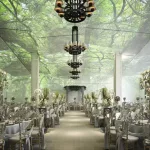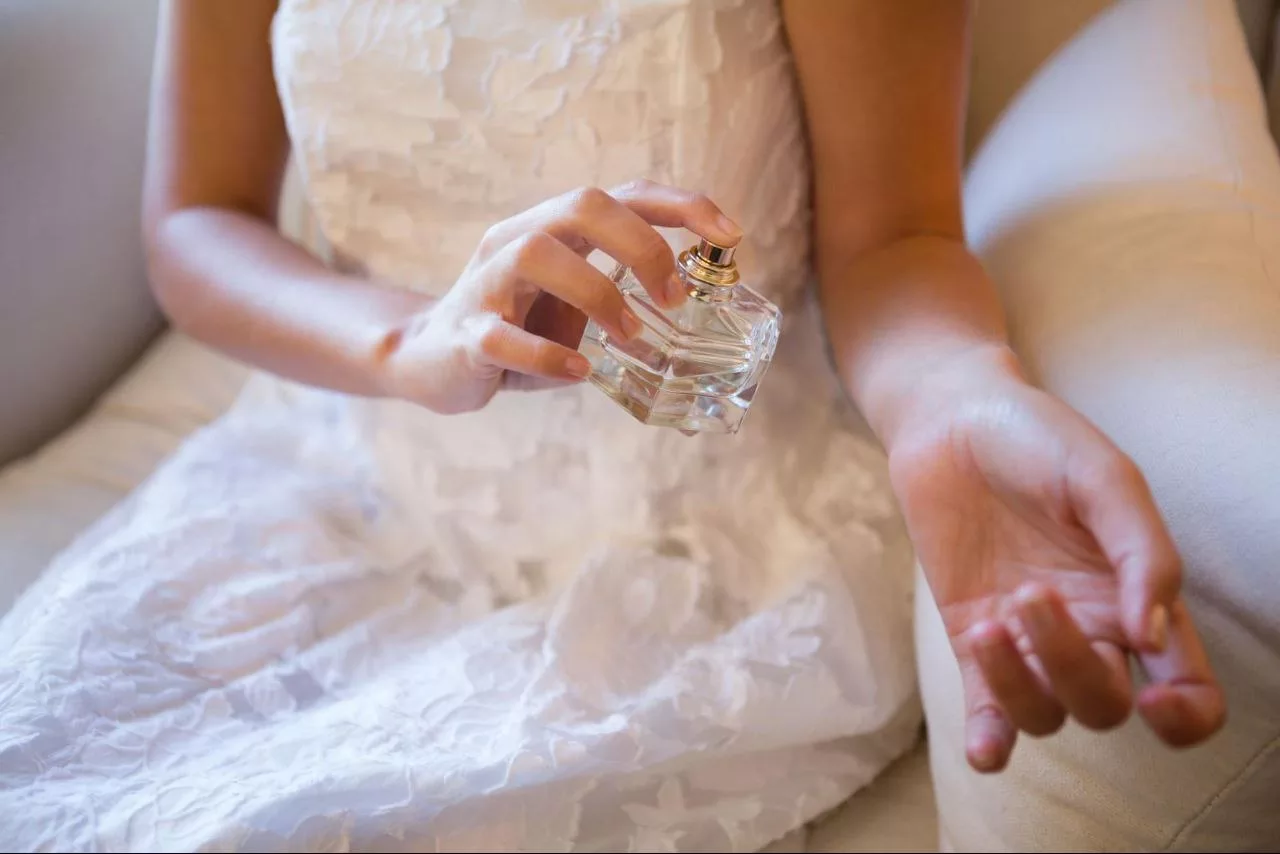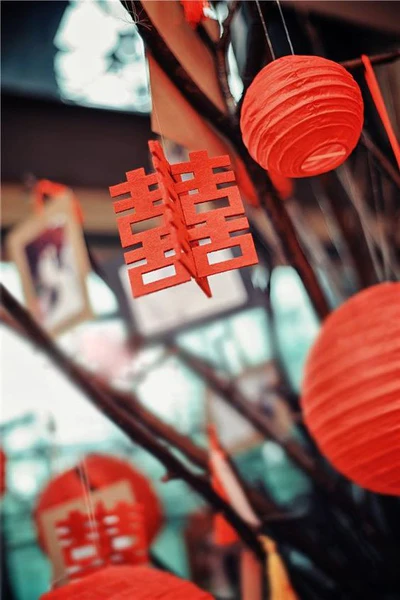Exploring the timeless debate between modern and traditional weddings unveils a fascinating contrast in celebrating love and commitment. While both styles hold their charm, they differ significantly in their approach and execution. Here are five key points to consider when comparing modern wedding to traditional ones.
Modern Wedding
1. Personalization





Modern weddings often prioritize personalization, allowing couples to tailor every aspect of their special day to reflect their unique personalities and preferences. From customizable vows to non-traditional venues and creative themes, modern weddings offer a platform for couples to express themselves fully.
2. Technology Integration





With the advent of technology, modern weddings embrace innovative ways to enhance the guest experience. This includes live streaming ceremonies for remote guests, interactive wedding websites, social media hashtags for sharing moments, and drone photography for capturing breathtaking aerial views.
3. Contemporary Décor and Fashion





Modern weddings often feature contemporary décor styles and fashion choices. Couples may opt for minimalist or industrial-chic venues, sleek and modern attire, and avant-garde floral arrangements. This departure from traditional motifs allows for a fresh and stylish interpretation of wedding aesthetics.
Traditions Wedding
1. Cultural and Religious Rituals





Traditional weddings uphold cultural and religious rituals that have been passed down through generations. These rituals, whether it’s a traditional ceremony, specific attire, or customary blessings, serve as a way to honor heritage and bring families together in celebration.
2. Family Involvement





Traditional weddings often place a strong emphasis on family involvement and support. From intricate family customs to the involvement of elders in decision-making processes, traditional weddings prioritize the bonds of kinship and the continuation of familial traditions.
3. Symbolism and Symbolic Gestures





Symbolism plays a significant role in traditional weddings, with various rituals and symbolic gestures woven throughout the ceremony. Whether it’s exchanging rings as a symbol of eternal love, sharing ceremonial foods to signify abundance and prosperity, or lighting candles to represent unity, these traditions carry profound meaning and cultural significance.












